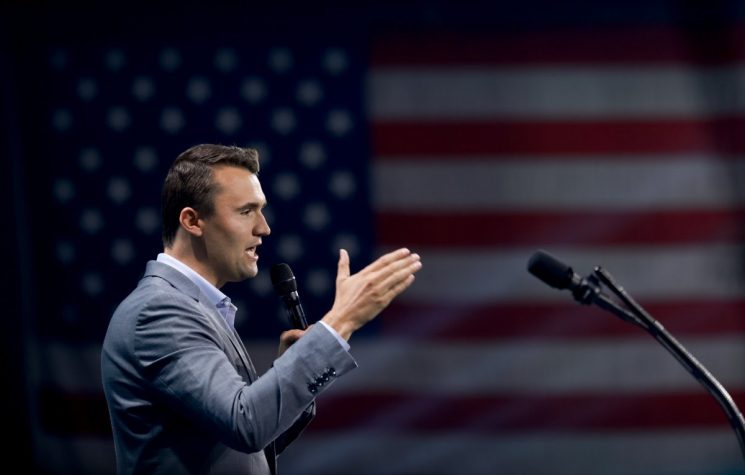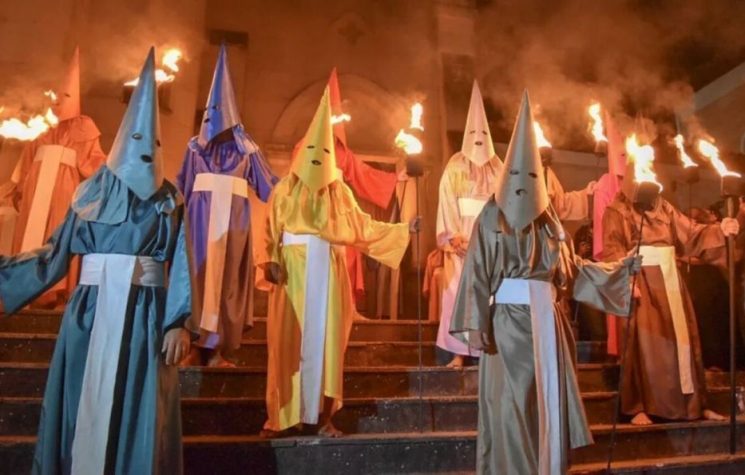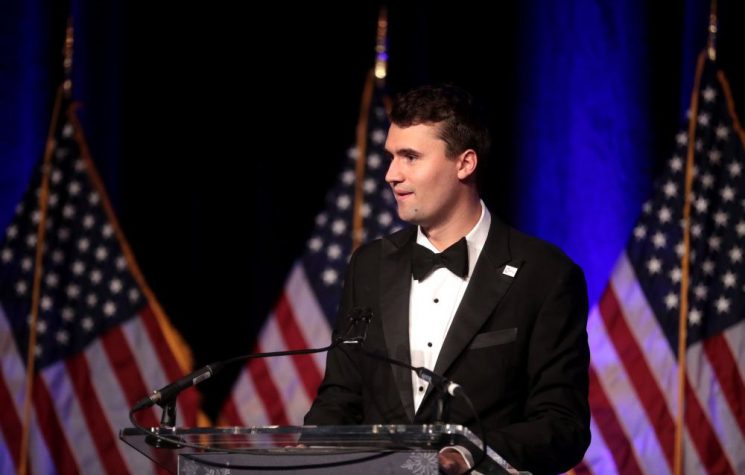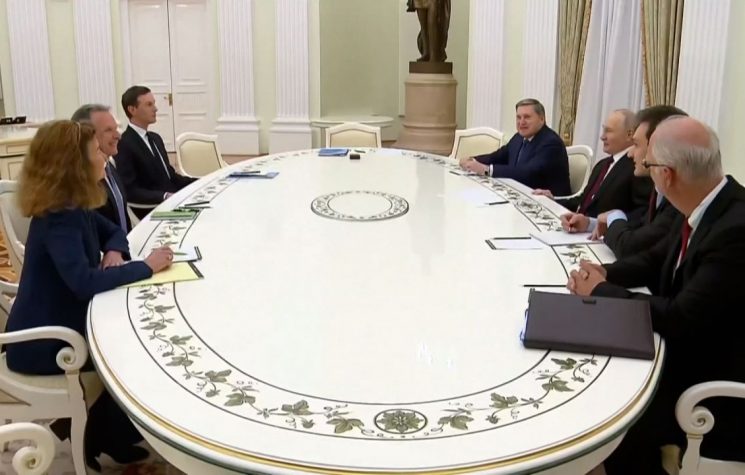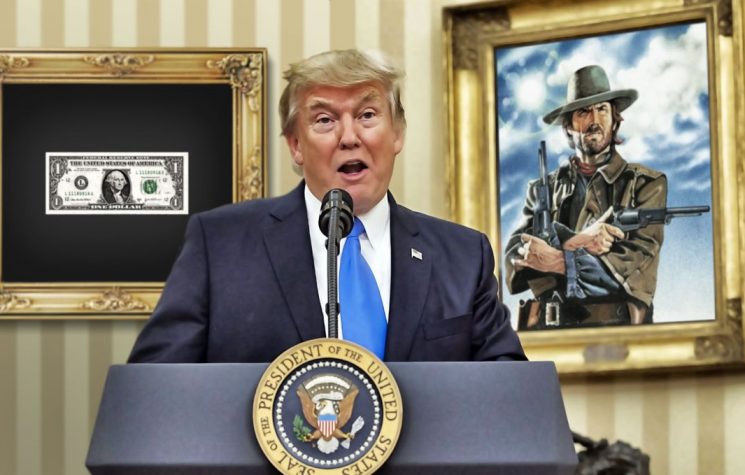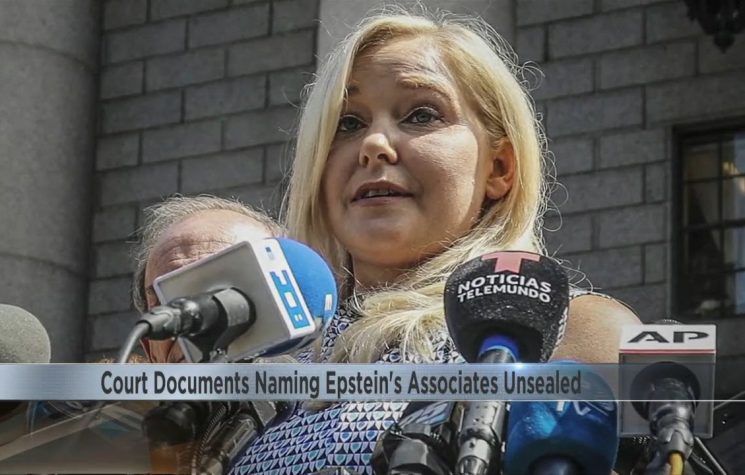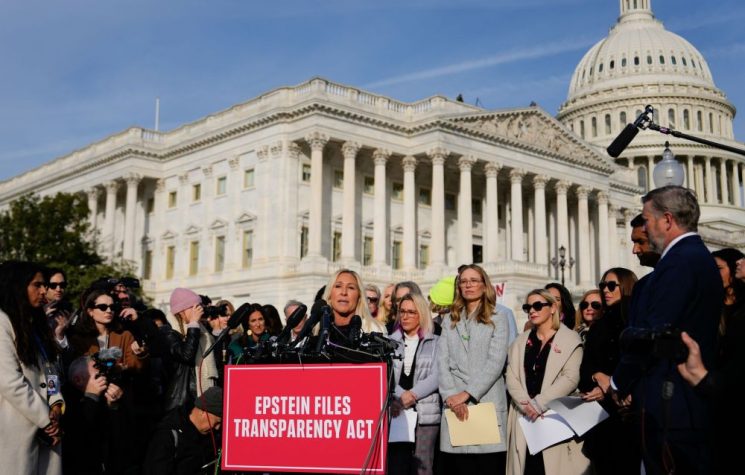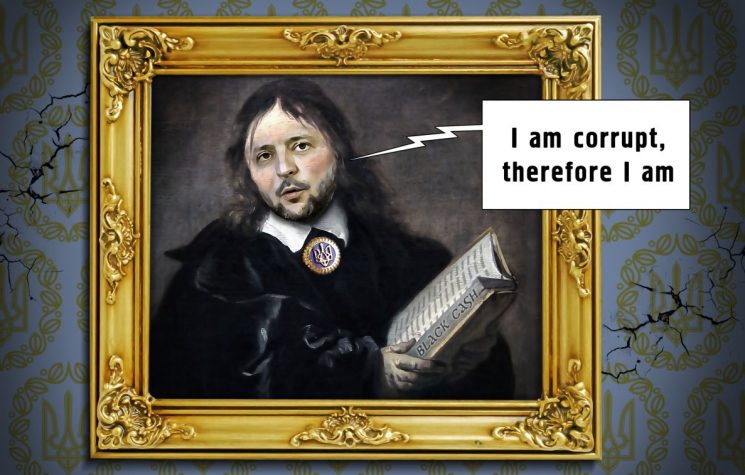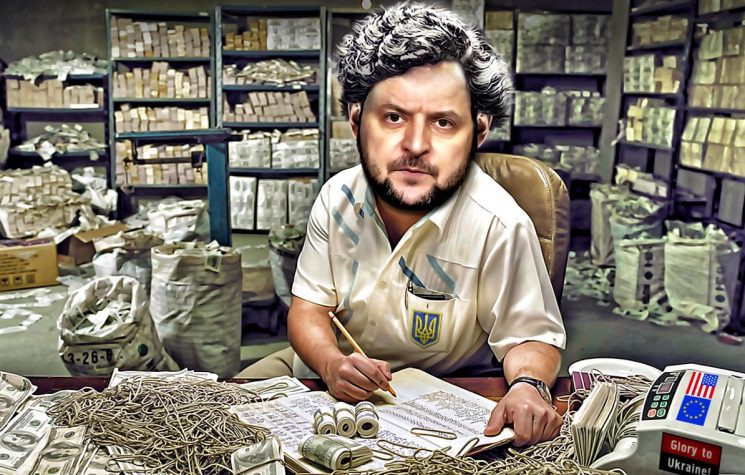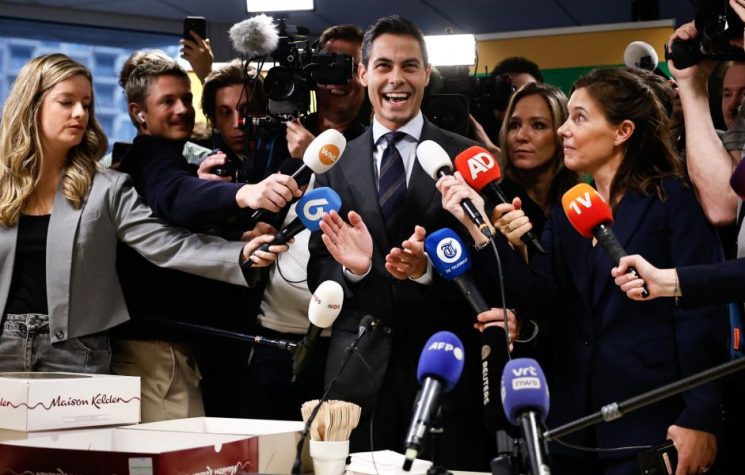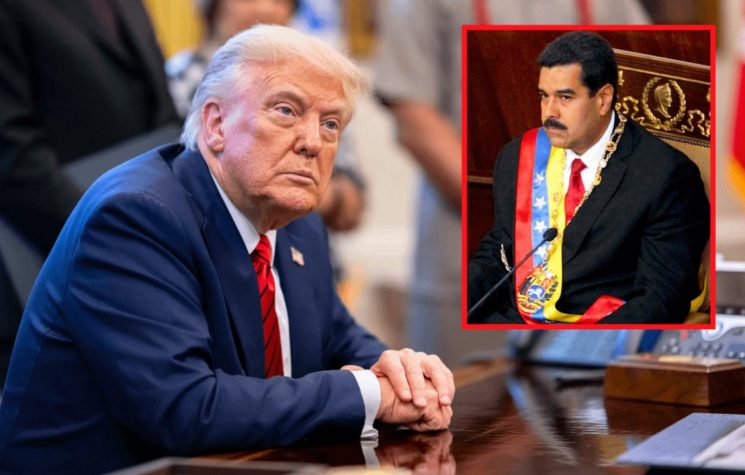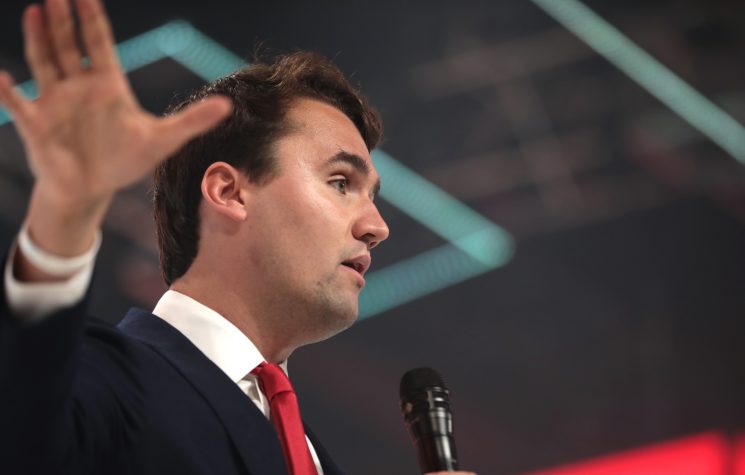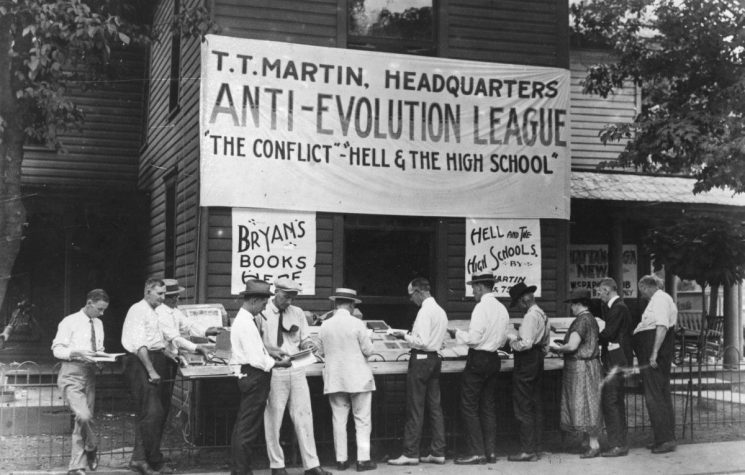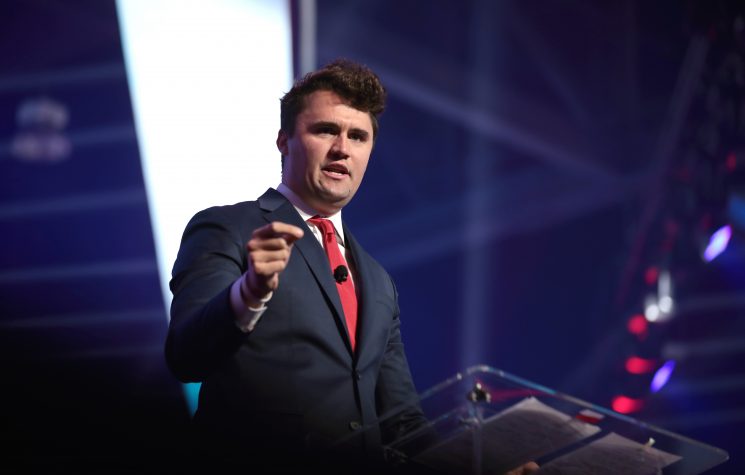Charlie Kirk was hired to be a puppet, but by virtue of his unanticipated and inherent appeal he inadvertently developed into a player, writes Stephen Karganovic.
Join us on Telegram![]() , Twitter
, Twitter![]() , and VK
, and VK![]() .
.
Contact us: info@strategic-culture.su
Three weeks after the tragic public execution of Charlie Kirk, seemingly everything is being done to ensure that no broadly accepted denouement to this appalling crime that would enable closure might emerge. Quite the contrary. By following, with slight variations, the template witnessed in previous high-profile political murders, both successful and attempted, the perpetrators are seeing to it that the crime shall not be dealt with as a regular criminal case but rather as a psychological, mass trauma inducing operation. Could that precisely have been its strategic purpose from the start? The other purpose being, of course, to physically remove a charismatic individual whose moral integrity and intolerable independent-mindedness by the time the fatal shot was fired had evidently become problematic, nullifying any tactical usefulness he may have had.
The fact that Kirk’s liquidation and its aftermath adhere closely to the template set by previous unresolved assassinations of public figures suggests strongly the uniformity of intellectual authorship of such incidents across the board. That does not indict anyone in particular. For such an indictment to be possible, targeting the real culprit rather than a pre-positioned patsy, an honest criminal investigation (which most likely will never occur, that being another distinctive characteristic of the template) is an essential prerequisite. But when crimes of this nature and of comparable impact do take place, indicting particular individuals, though important for the regular course of justice, is nevertheless secondary to the question of what purpose the crime was conceived to serve. Rather than getting bogged down in trivia, we must always in such cases return to Diana Johnstone’s overarching question which she raised concerning Srebrenica. Both there and here, beyond the issue of mere individual responsibility (which of course must always be handled lege artis in relation to any crime and particularly when, as here, the crime is politically tinged) for deeper comprehension we must always raise Diana Johnstone’s more basic question: what are the crime’s uses?
It is, of course, more entertaining and even safer to focus on relatively trivial and continually shifting details and to subject them to minute and contentious scrutiny (for some absurd examples, see here and here). Even such analyses might reach forensically significant results. But what they are unlikely to do is to provide satisfactory ultimate explanations and answers.
In the handling of the Kirk murder, on both the political and mediatic levels, we have seen over the last three weeks an incredible amount of chatter but also systematic avoidance of Diana Johnstone’s universally applicable question.
That is not to deny that superb journalistic and investigative work has been done in the attempt to solve the Kirk case and, of equal importance, to challenge the glaring incoherence of the official account, rendering it irredeemably bogus in its present, hastily cobbled form. Outstanding examples are the almost daily analytical podcasts on this subject by Candace Owens (undoubtedly to the great relief of the degenerate couple in the Elysee Palace, who are now temporarily on the back burner). Owens and her diligent staff have subjected to minute and devastating scrutiny every nook and cranny of the labyrinth of trivia, false leads, and disinformation that the Charlie Kirk murder case was tuned into from the start, and probably so by design. Other very sharp minds working in synchronisation with Owens have shined bursts of additional light on various aspects of this tragic event (here, here, and here). As a result of those magnificent efforts, we nevertheless are not much closer to a definitive unified field theory capable of explaining why Charlie Kirk was killed and the intended uses of that murder, though we remain convinced that the simplistic and forensically increasingly untenable “lone shooter” narrative is a work of naïve fiction, in the style of a long line of ludicrous official communiques issued previously in analogous situations.
A provisional hypothesis can now be ventured about what happened to Charlie Kirk and why. The definitive assessment will have to be deferred until more key facts are available, if that ever happens.
Kirk was originally hired to perform a specific and limited task, to rally the complacent university youth for the political benefit of his sponsors. By virtue of his personal dynamism and charismatic appeal, his campus crusades became successful beyond expectation. His influence rapidly spread beyond the youth to the older generation. The resonating message he ardently preached at countless campus gatherings and on massively viewed television and podcast broadcasts was of a return to America’s traditional values. With the exception of his long-time stance on the Middle Eastern conflict – a position that he was in the process of thoroughly revising in the period prior to his assassination – his traditionalist advocacy, whilst tactically convenient for the wing of the Establishment that hired him and which prevailed in the last election, was anathema to the powers that be, regarded en bloc.
Kirk’s inspiring advocacy of values that the bulk of his curators not just do not share but abhor created a dilemma of what to do with him. He was young and articulate and in order to use him for their own purposes his sponsors facilitated the creation of a nation-wide, cross-generational organisation, an apparatus that potentially could be redirected to also serve other agendas besides those of which they expressly approved. He grew too big for his breeches, even prospectively becoming Presidential material. Since John Kennedy there had never been the scandal of an independent thinker (a loose cannon from their perspective) in that office.
Charlie Kirk was hired to be a puppet, but by virtue of his unanticipated and inherent appeal he inadvertently developed into a player. That sealed his fate.
How that works was ably explained by Col. Fletcher Prouty, and corroborated with a plethora of impressive examples. Highly recommended viewing.










